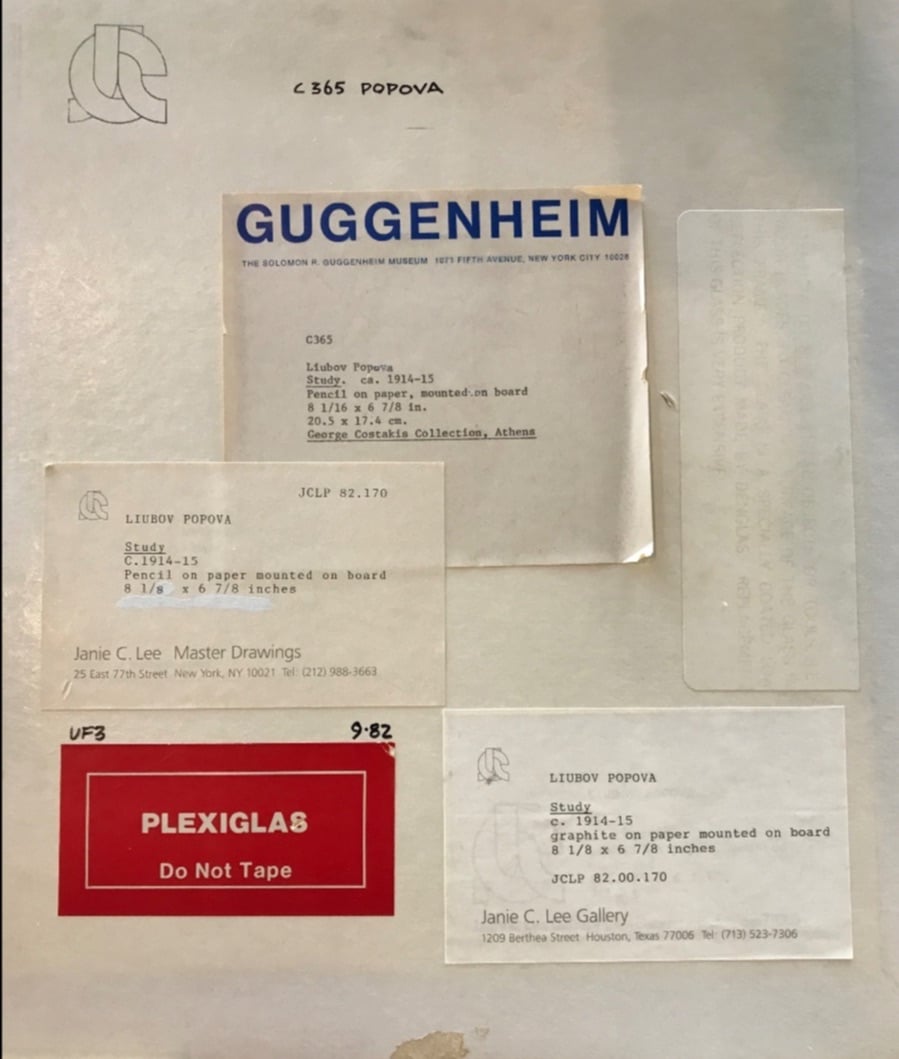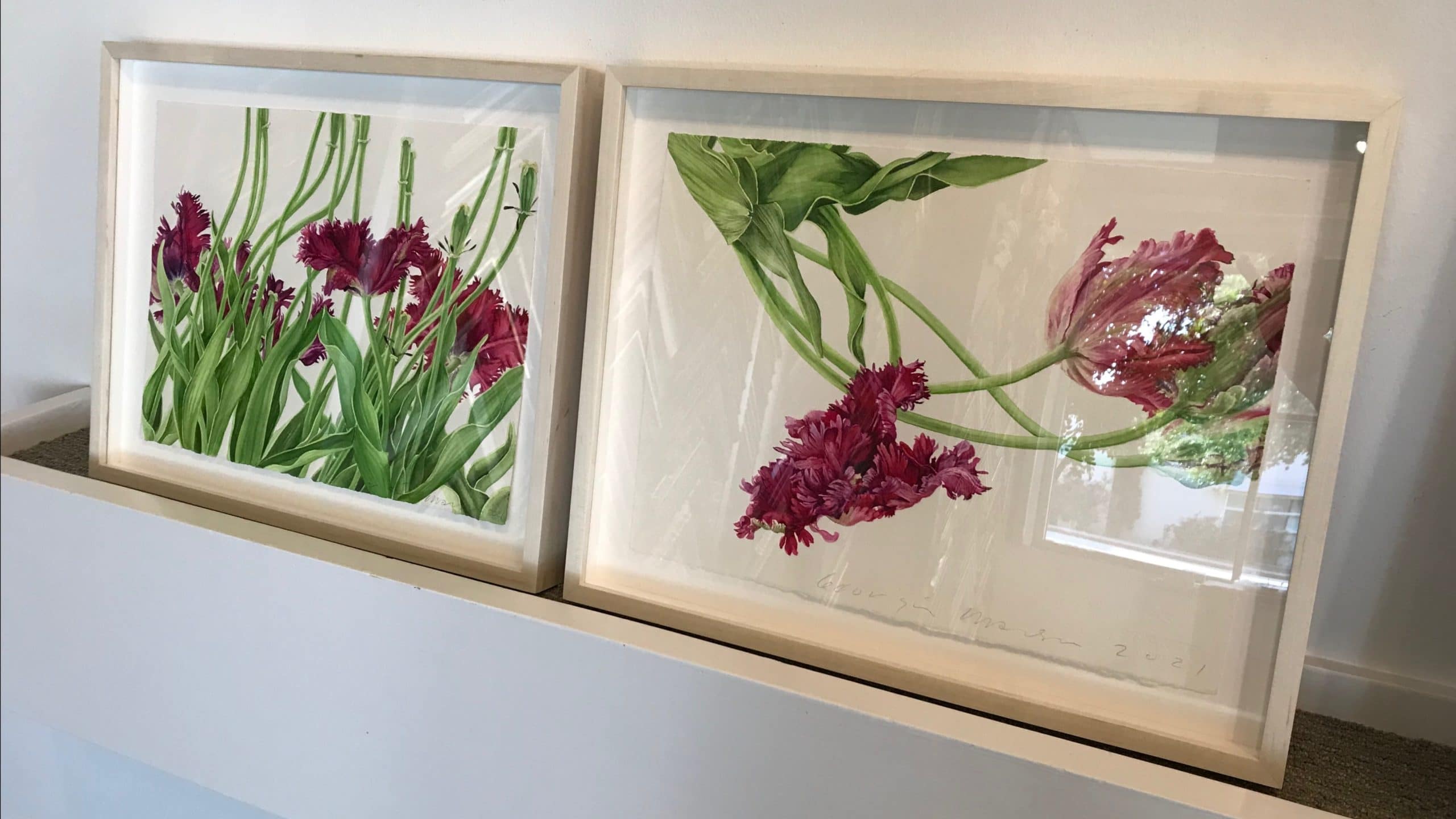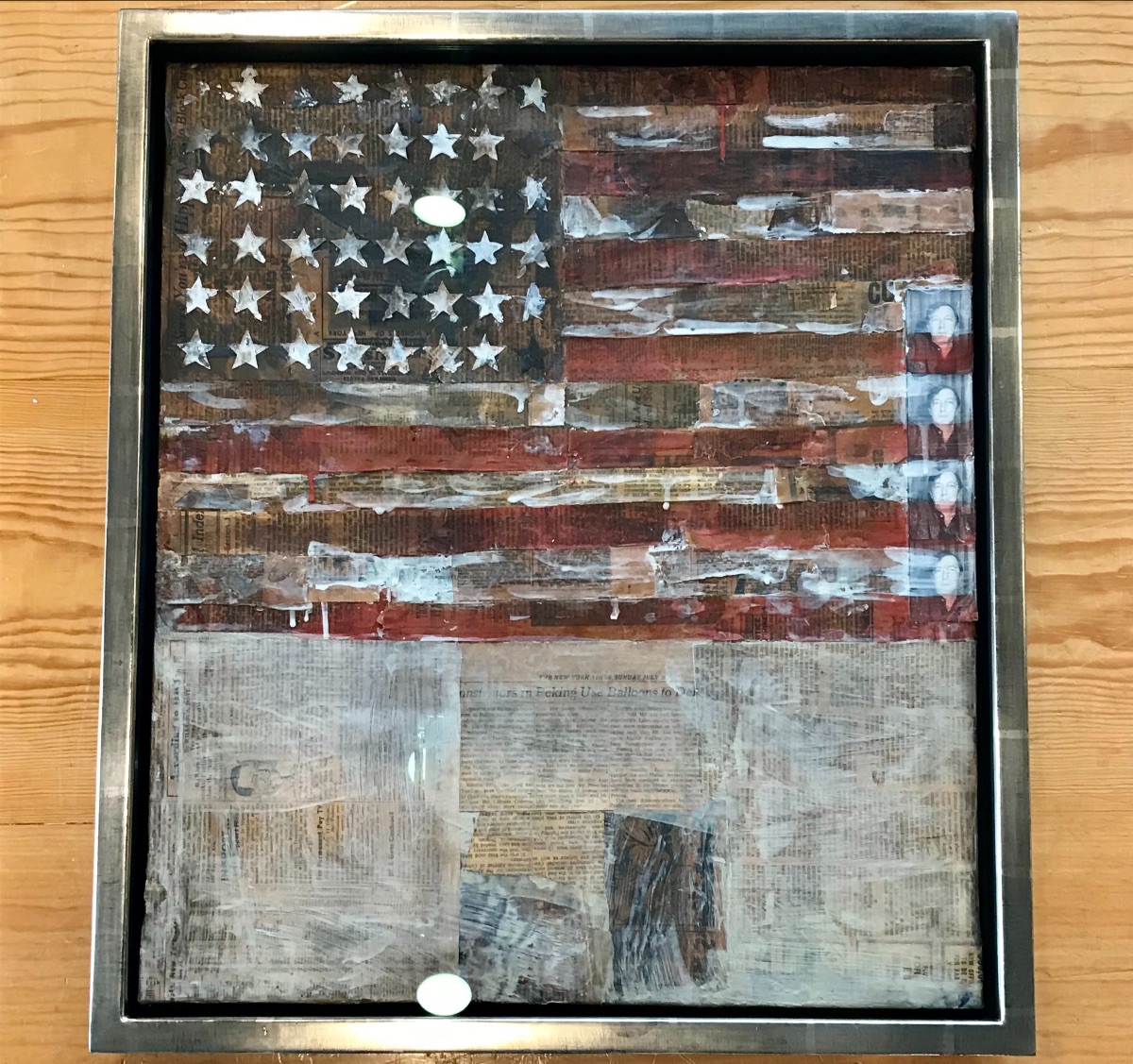Labels of provenance. The term sounds impressive. It’s the term most often used by art…
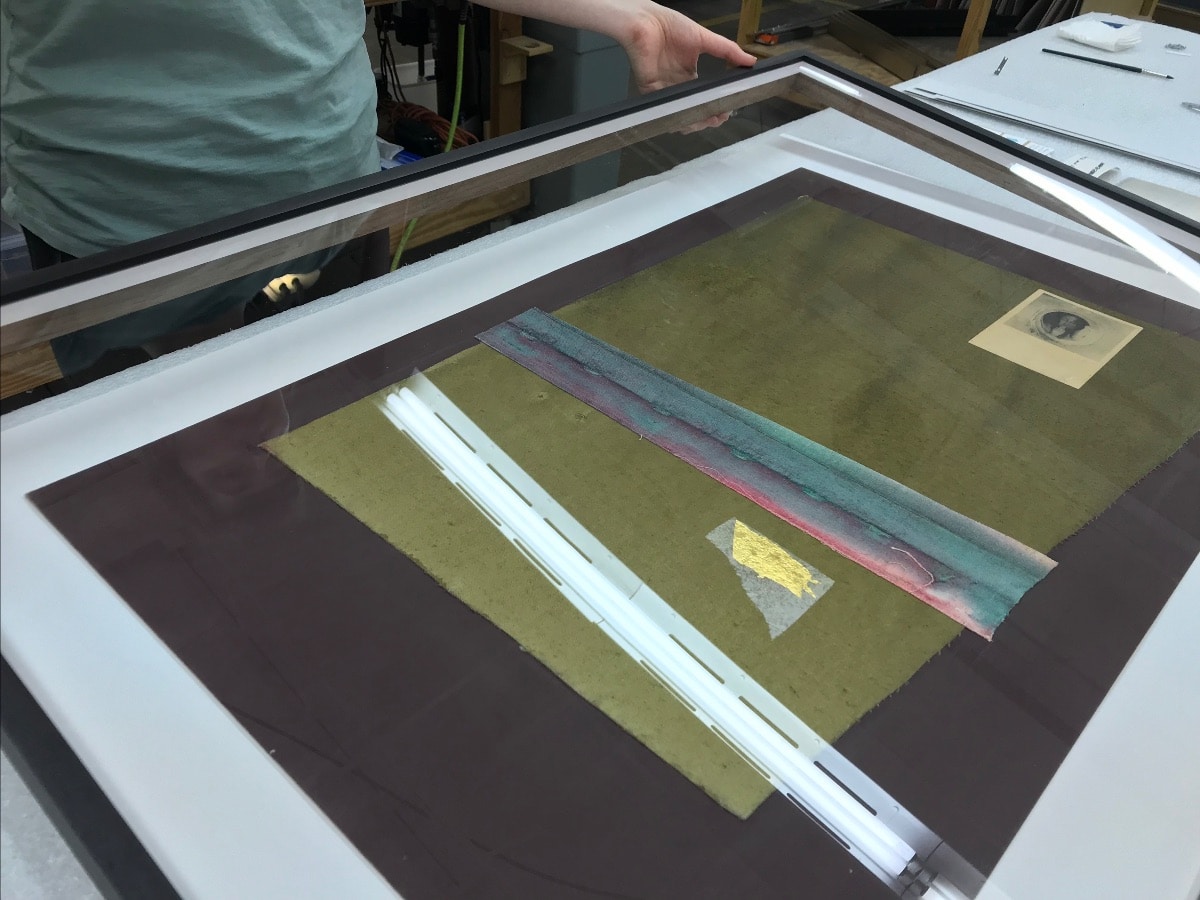
Framing? —Be Curious About What You Don’t See
by Sarah Balinskas, Founder, Sarah Balinskas Fine Framing
When we consult with a client on framing for a work in a collection or for sale by a gallery, the frame is often the most satisfying decision of the consultation. The frame is what really enhances the artwork. Its job is to show the artwork at its best. The need may be for a minimal presence or a more prominent presence, usually based on historical antecedents. Whichever it may be, it is the frame that comes first.
Be curious
After the frame are the more functional decisions. We have decided on the housing (the frame itself) and now we need to decide on how best to protect the artwork. These are the less alluring decisions. They are part “form” but, more critically, they are in large part “function.” This is the time to be curious. We are preserving your artwork. If the piece ever goes to auction or is opened for any reason, those concerned will be relieved to see that the future integrity and value of the artwork was carefully considered by the team who made the framing decisions. If your artwork is being framed or you are on the team making decisions about the framing, it is important to know how the piece will be framed and the details about what you don’t see.
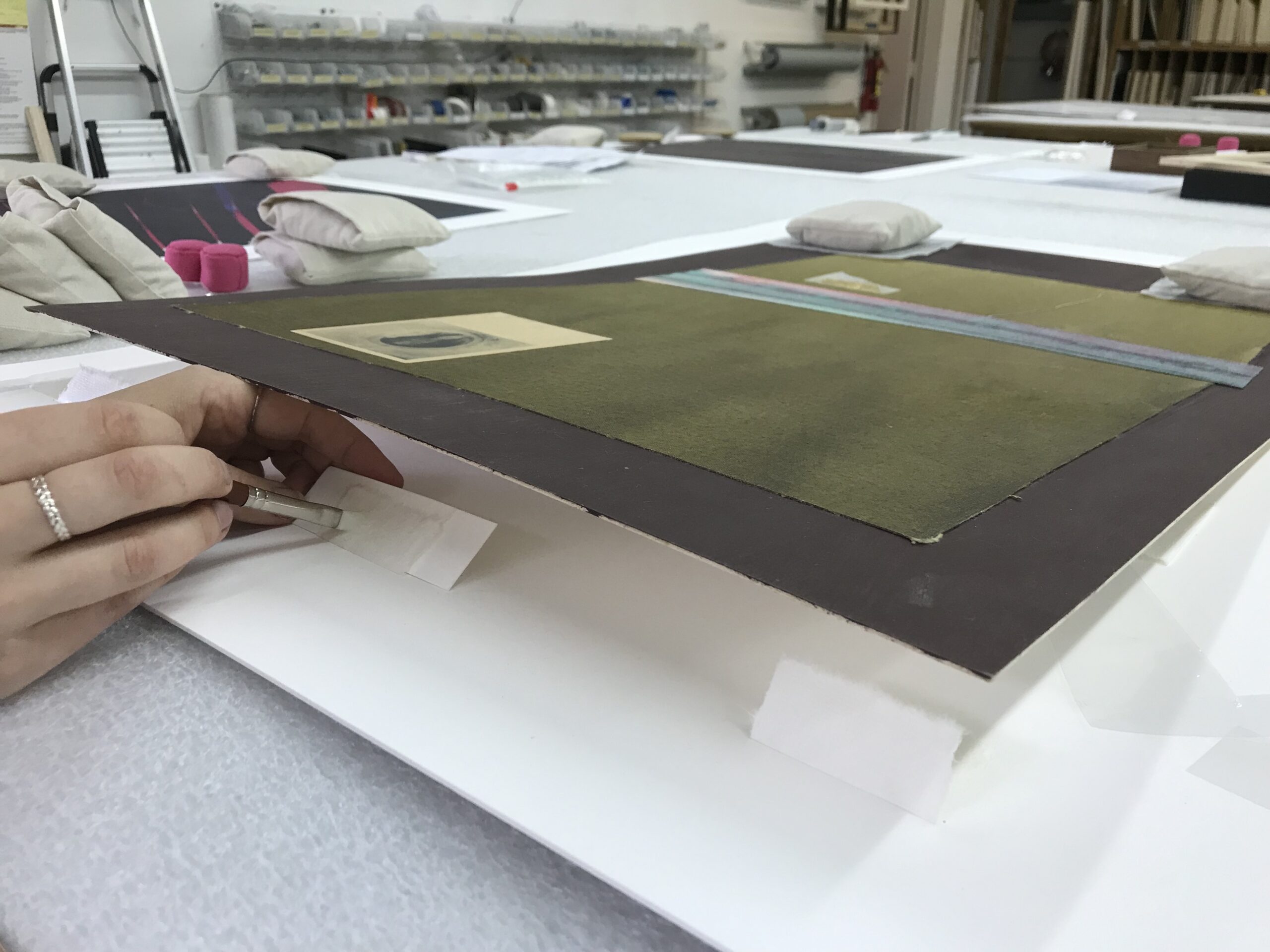
Application of museum hinges with Japanese paper and wheat paste
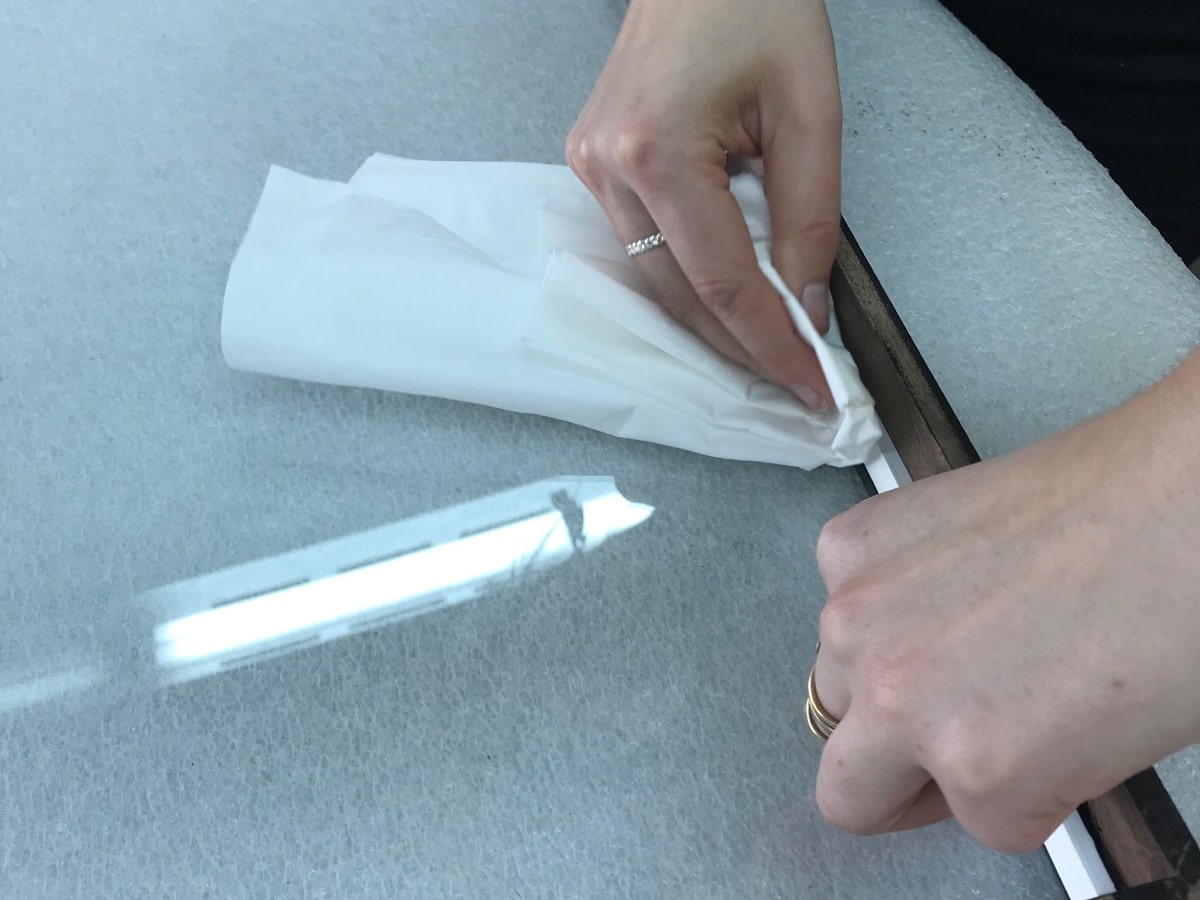
Application of rag mat breather space
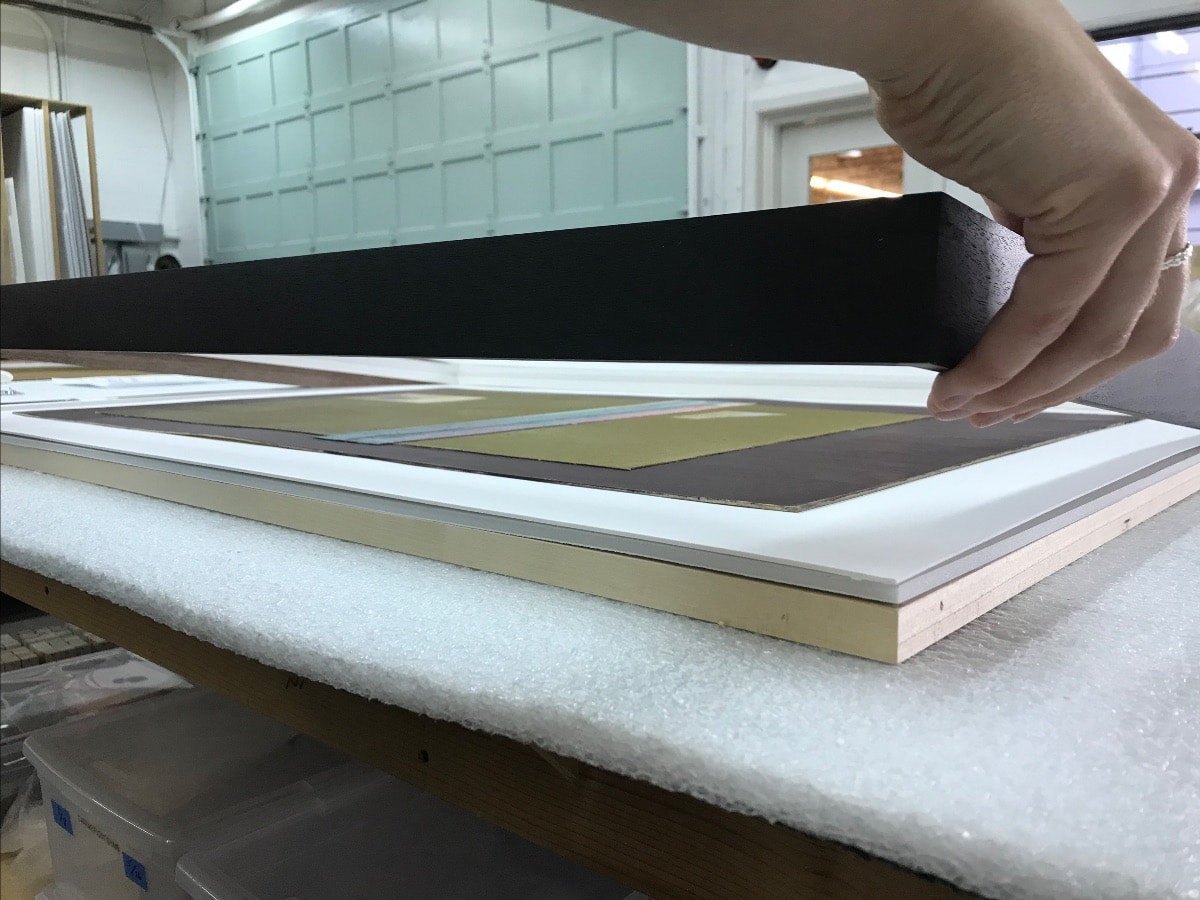
Fitting of frame and OP3 UV filtering acrylic over floated artwork, backing board and strainer

Floated piece with frame and OP3 acrylic
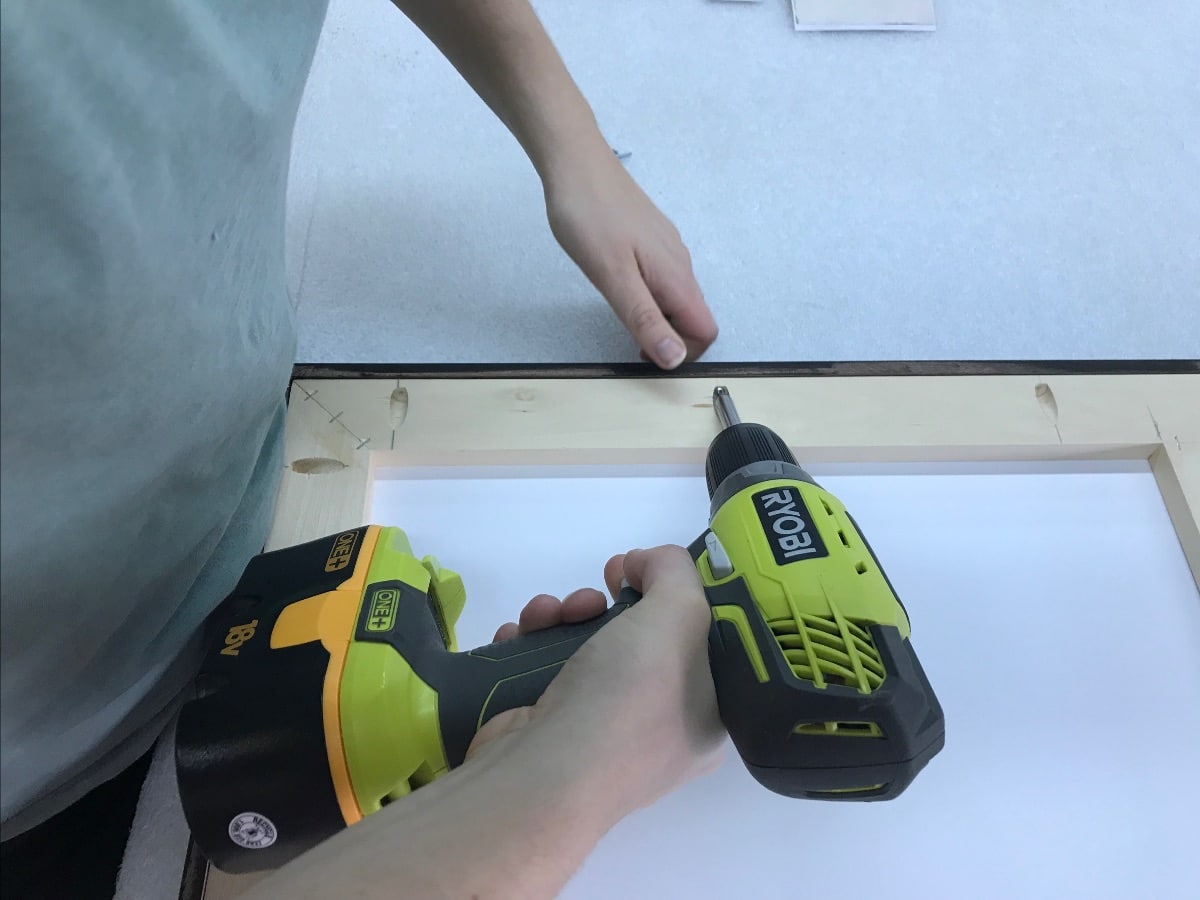
A strainer made for the frame provides structural stability and is secured with countersunk screws
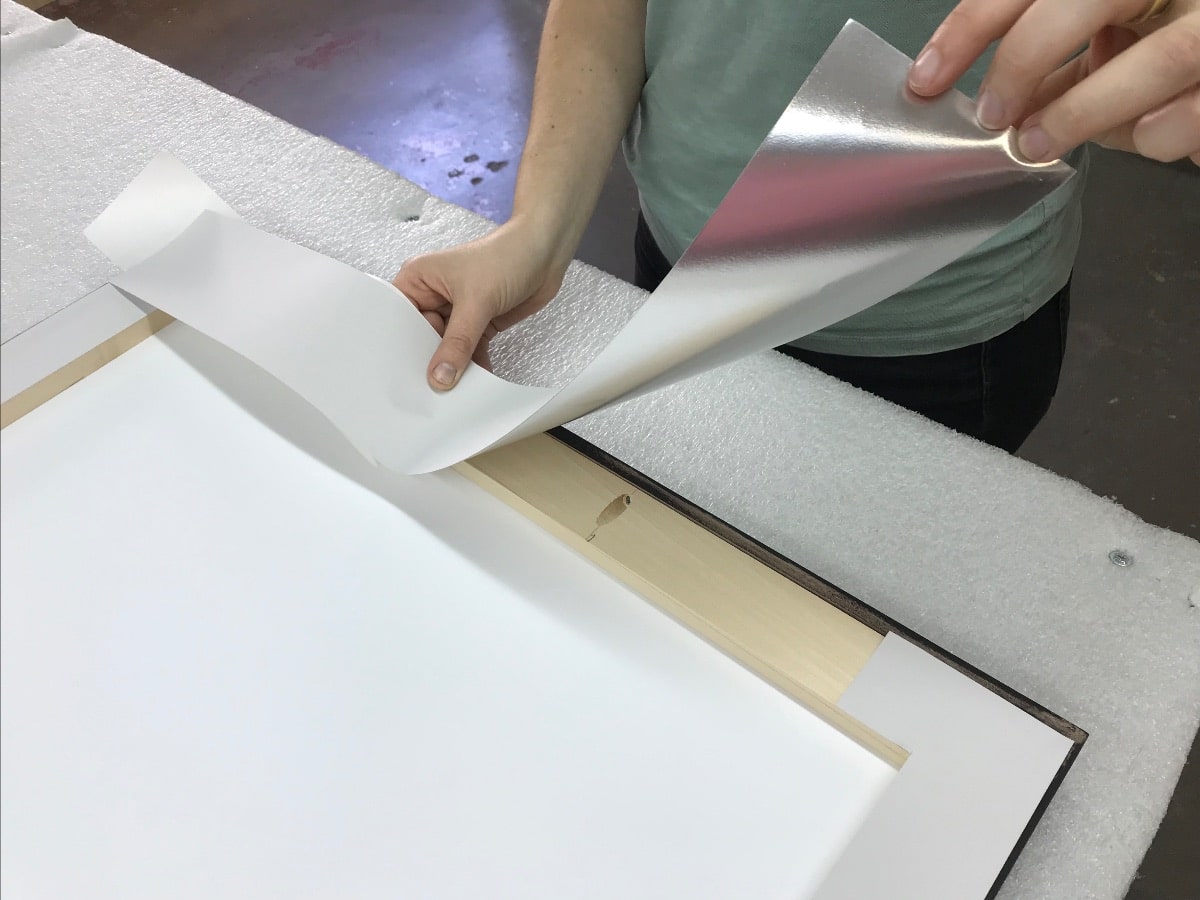
Application of archival foil frame sealing tape protects from infiltration of harmful substances
Consultation considerations
The things we discuss with you at a consultation are the condition of the piece, the mat, the backing support, the method of securing the piece, the glazing (glass or acrylic) and any other details that will protect and preserve the piece over time.
You may have a Condition Report from a conservator or an auction house, but if you do not, this is the time to take a closer look. The framer should identify any damage so that you know the condition before framing. Then, depending on the design, the materials should be used in such a way that they to not harm or alter the artwork by their immediate use or over time. The framer can tell you how the mat will serve to protect the artwork from humidity, how the attachment will serve to protect the artwork from irreparable damage, how the glazing will serve to protect the artwork from damaging ultraviolet light, and how other components will serve to protect the piece. Ultimately, it matters to know the materials and how their use contributes to protecting and preserving the artwork.
Protect and preserve the piece
Harmful use of materials and procedures is always unnecessary and will devalue the artwork. Knowledgeable use of materials and procedures to protect a piece will preserve the value. It is worth knowing how your artwork will be framed—and knowing the details about what you don’t see.
Artwork by Dorothy Hood, Silence and the Spirit – McClain Gallery
Schedule a Consultation
Do you have an artwork you would like to frame or display? We would be glad to assist. Click here to schedule a consultation. Our consultation hours are Tuesday through Friday, 9a-5p.
